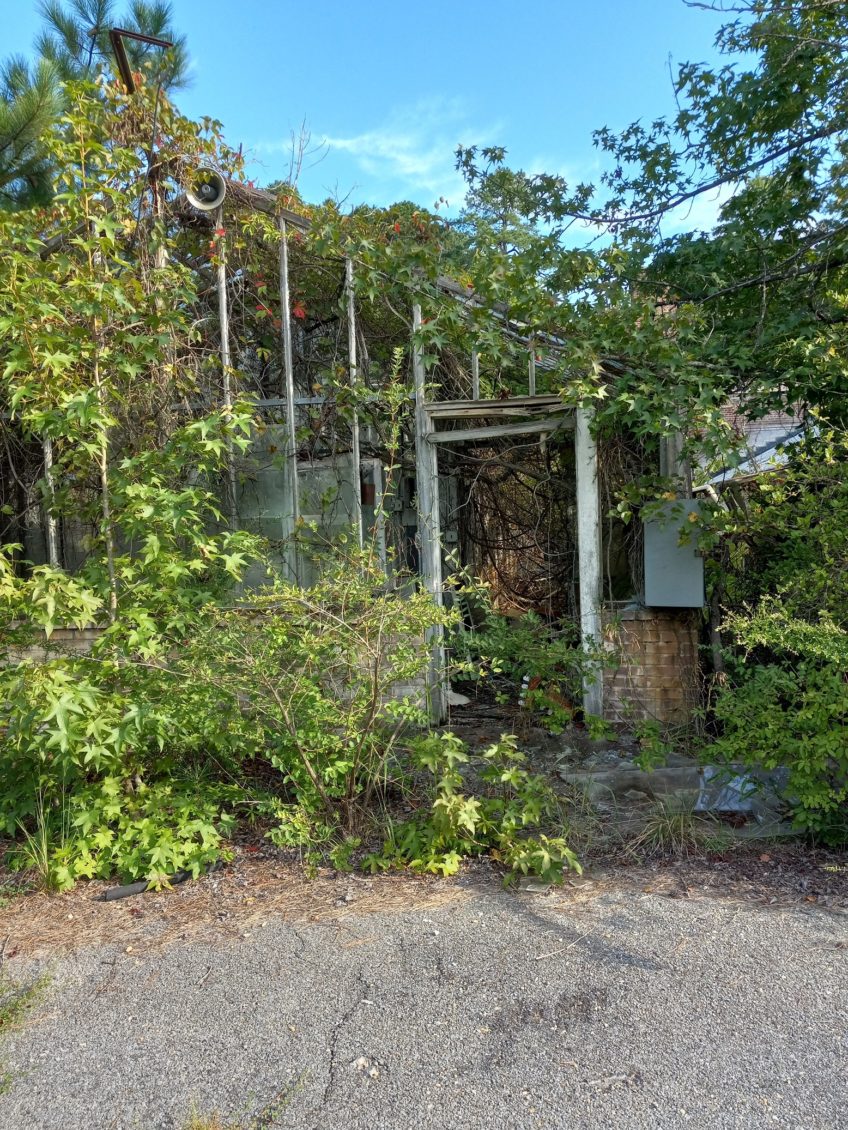On July 27, 2022, the USDA Agricultural Research Service released an Environmental Assessment (EA) of the proposed demolition of 117 buildings at the Beltsville Agricultural Research Center (BARC). The EA states that the purpose of the proposed action is to “reduce long-term operational and maintenance costs and reduce BARC’s impact on the Chesapeake Bay watershed,” but it is in response to the Reduce the Footprint Policy released in 2015 by the Office of Management and Budget. This policy directs federal agencies to “move aggressively to dispose of surplus properties held by the federal government, make more efficient use of the government’s real property assets, and reduce the total square footage of their domestic office and warehouse inventory …” According to the EA executive summary, the proposed action would help BARC to achieve a “20-percent reduction of impervious surface area by 2025,” and would support the “potential redevelopment of certain BARC areas, making the facility more sustainable and supportive of new and ongoing research opportunities.”
On the List
None of the buildings proposed for demolition are in use – some haven’t been used for decades – and they are in various states of disrepair. They were constructed during the 1930s through the 1970s and generally were abandoned as the focus of BARC research evolved. Various structures for holding animals are no longer needed, and buildings previously used as labs do not meet current minimum criteria for USDA’s laboratory and research standards. Nearly all of the buildings on the list (114 of 117) contribute to the National Register for Historic Places-eligible BARC historic district, and 55 are included in the Maryland Inventory of Historic Places. Many of the buildings were designed during the New Deal era and constructed by workers from the Civilian Conservation Corps (CCC); there were four CCC camps at BARC between 1933 and 1942, and at least three African American CCC companies worked there. The EA states that the USDA Agricultural Research Service will evaluate these buildings further and develop information and photos for the Living New Deal website (livingnewdeal.org) and other public interpretation outlets.
Locations
There are buildings on the list across all sections of BARC, but the great majority are located on the Central Farm, between Edmonston Road and the Baltimore-Washington Parkway. Here there are three main clusters of buildings proposed for demolition: the 300 cluster along or near Zoology Road, which is accessed from Center Road (north of Powder Mill Road and the Log Lodge); the 400 cluster at the end of Entomology Road, which runs northward from Powder Mill Road; and the 1000 cluster, which lies between Edmonston Road and Research Road, south of Beaverdam Creek and adjacent to Greenbelt. Not covered in this EA are the 22 buildings at the north end of Poultry Road that will be demolished for construction of the Bureau of Engraving and Printing currency production facility. An EA of that proposed action was released in January 2020, but demolition work and site clearing have not yet begun.
Public Comments
Comments on the Environmental Assessment or proposed action must be submitted no later than Friday, September 2, to Bill Howl, BARC Point of Contact, Beltsville Agricultural Research Center, 10300 Baltimore Avenue, Building 003, Beltsville, or by email at bill.howl@usda.gov. Printed copies of the EA are available in Building 003, Room 009; at the College Park Community Library, 9704 Rhode Island Avenue; or at the Beltsville Library, 4319 Sellman Road.

